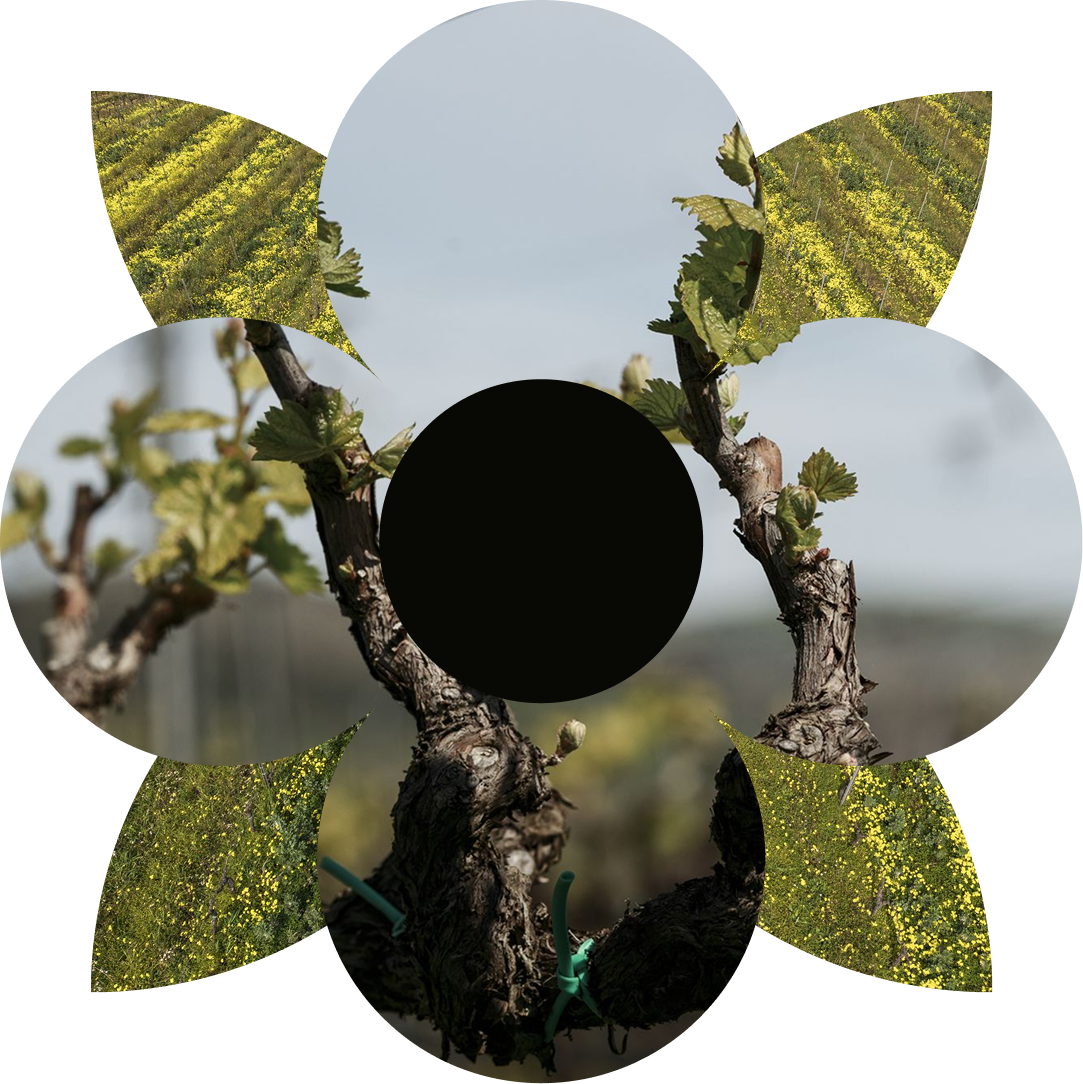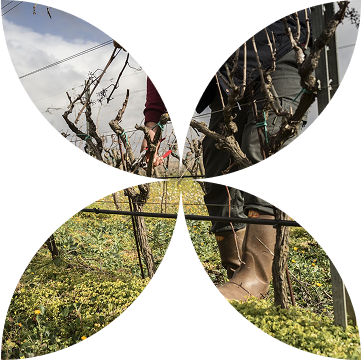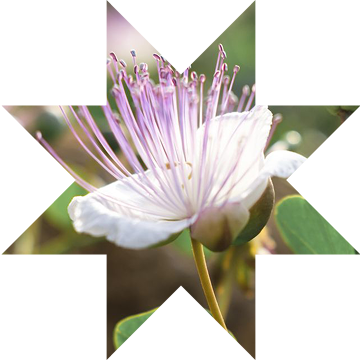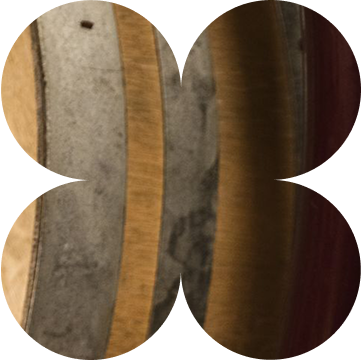
Giardino di Sicilia
A mosaic of soils, altitudes and winds, where each vineyard defines the profile of a unique wine
Giardino di Sicilia is expressed through four areas, each with its own nuances. The same grape changes in appearance depending on the soil and altitude where it's grown, producing wines that capture the complexity and diversity of this land.
TERROIR
Intensity
Power and Mediterranean expression
Today, Tenuta Rapitalà is one of the most recognised names in the Sicilian viticultural landscape, a place where the past and the future meet in a story that continues to evolve with every harvest. Characteristics: Aroma depth and structure Compact, generous clay retains moisture and releases it slowly, providing constant drainage for the roots. In this micro-terroir, Syrah in particular develops a velvety texture and a spiced bouquet. This is the birthplace of Nadir, a wine with a strong, mouth
Altitude: 300 m
Soil: Clayey
TERROIR
Charisma
Power and Mediterranean expression
Facing south and sustained by rich, predominantly clayey soil, the grapes that grow in this area of the Estate acquire intensity. The grapes reach optimal ripeness and develop deep spice notes. In particular, Nero d'Avola Alto Reale is the emblem of these characteristics: a wine that is intense and rich like Sicily, and encompasses the history and soul of this land.
Altitude: 300 - 350 M
Soil: Clayey
TERROIR
Typicality
Elegance and complexity
In the oldest vineyards of the estate, some white grape varieties, including Chardonnay and Grillo, find their ideal climate. The sand brings lightness, the clay structure. The result is refined wines, rich in character and depth, which reflect the importance of time and the memory of the land.
Altitude: 350 - 450 M
Soil: Clayey with high sand content
TERROIR
Freshness
Refinement and verticality
Here, the wind is cooler, the soil lighter, the air cleaner. The Catarratto grape variety absorbs this energy and releases it in a vibrant, mineral, and taut wine, Vigna Casalj. Pinot Noir, uncommon at this latitude, reveals a surprising elegance in Nuhar: a harmony of freshness and structure that never fails to impress.
Altitude: 450 - 600 m
Soil: Sandstone and sand
Sustainability
Sustainability is not a mission statement, but something measurable. This is why we adhere to SOStain Sicilia, a program that promotes more responsible viticulture through practical and verifiable criteria. Each phase of our work is monitored and certified by SOStainCert, an independent third party.

Resource management
We carefully protect and monitor all the resources of the territory
17% of the estate is a biodiverse oasis of woods and spontaneous vegetation. Every resource is carefully managed; we follow the VIVA program to monitor air, water, vineyard and land, guaranteeing a virtuous cycle.

In the vineyard and in the cellar
Every resource has a value
In the vineyard, grass grows freely, the plants are healthy, and pollinating insects thrive. The soil regenerates itself: no chemical weed killers are used, only regenerative agricultural techniques that preserve the soil's fertility and promote biodiversity.
In the cellar, we follow the same philosophy: energy from renewable sources, responsible water management, waste reduction. Every resource has value, because the quality of a wine should also reflect care for its environment.

Packaging
Our commitment to reducing the impact of emissions.
Each bottle contains our wine and our commitment: lightweight glass, recyclable materials, and a commitment to reducing our carbon footprint. These are not just technicalities, but tangible choices to protect the environment.

SOStain Program
Measure, improve, guarantee
Sustainability is not a declaration of intent, but something measurable. This is why we adhere to SOStain Sicilia, the program that promotes more responsible viticulture through concrete and verifiable criteria. Each phase of our work is monitored and certified by SOStainCert, an independent third party.
Organic
Since 2014, we have been growing our grapes according to the principles of organic agriculture, without synthetic chemicals and respecting the natural growth cycle of the grapevine. Being organic is a choice we make every day and it is reflected in everything we do, from the vineyard to the cellar, and right through to the packaging. It's a commitment that involves both those who make the wine and those who choose it, to keep expressing the richness of our local area in all its authenticity, tod
